.
In Urbe Hortus
—June afternoon in the South Garden of the Art Institute of Chicago
Hard stone and brick, cold glass and steel
Shrink behind the canopy
Of intertwining leafy boughs
Sprawling from each vine-wrapped tree;
The roar of engines, rush of traffic,
Clamor of the roiling crowd,
Beyond those green walls fade, while stillness
Hangs, a thick, protecting shroud—
Only the splash of gushing fountains
Whispers in this hidden place
Over the thorn-trees’ crisscrossed shadows
Checkering the pavement’s face.
Eye in the midst of the hurricane,
Calm in the midst of the storm!
Lull in the midst of the battle,
Peace in the midst of the swarm!
Refuge from the overwhelming
Clash of cloying sights and sounds,
Offering sweet sanctuary
From the chaos that surrounds.
Even silent inner tumults
Flee before your shaded gates;
Cares, fears, woes dissolve, forgotten—
Even time eludes this space.
.
.
Veiled Moon
Your crescent glows
Though dimmed and blurred
By cloud-wisps stirred
As night’s wind blows—
Translucent shroud,
Silvery, pale;
Gossamer veil
Of swirling cloud.
Behind its play
Of shifting shade
You half-evade,
Half-glance our way,
Yet still deign show
The sleeping world
Through shades half-furled
Your silver glow.
Is it wry glee,
A curving smile
Of cunning guile
Or mockery?
Or do you hide
Your lover’s eye,
Keen yet too shy
To dare confide?
Or blendedly
The smirk that knows
Our faults yet glows
With sympathy?
It seems you plumb
Our depths, O moon,
In perfect tune
Yet wisely dumb.
.
.
Adam Sedia (b. 1984) lives in his native Northwest Indiana and practices law as a civil and appellate litigator. He has published four books of poetry and his poems, essays, and fiction have appeared in various literary journals. He is also a composer, and his musical works may be heard on his YouTube channel.



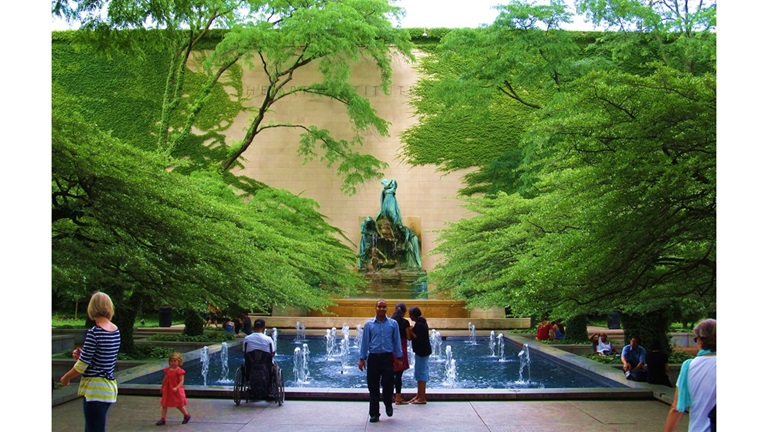
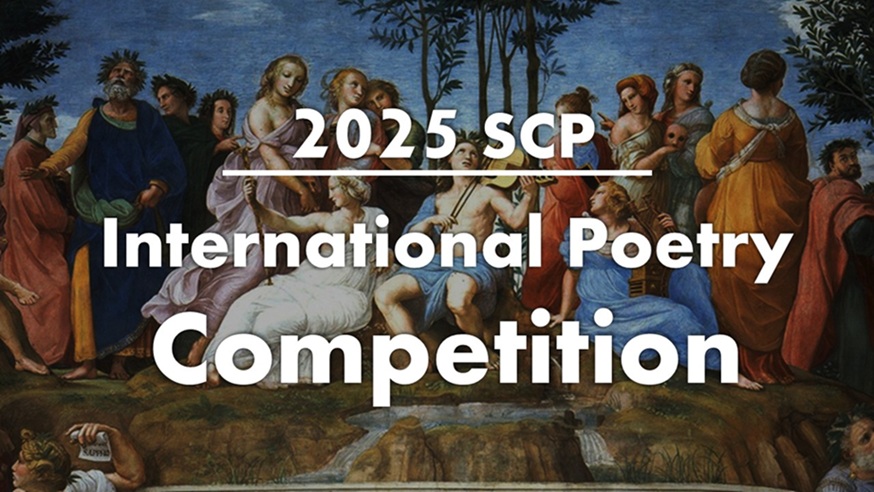
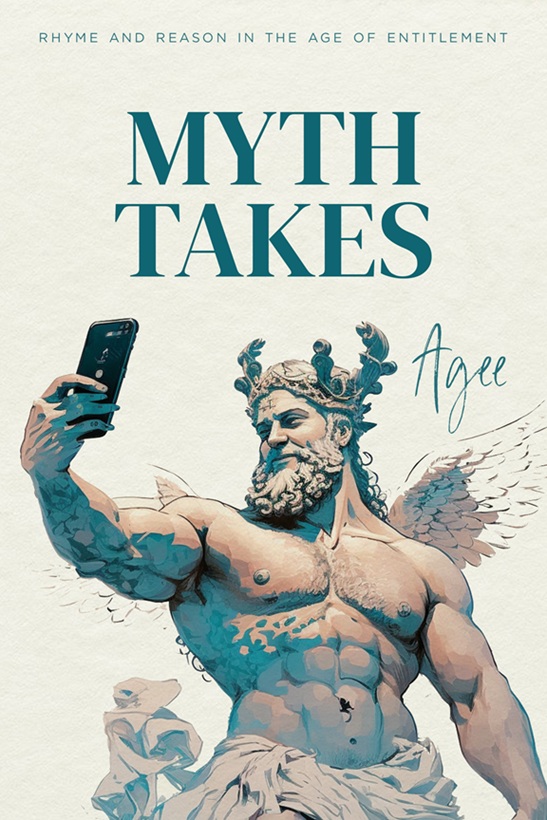

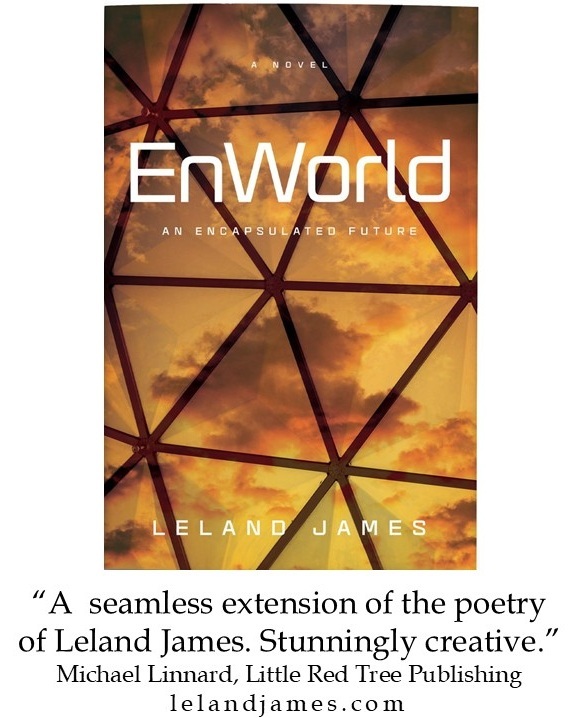
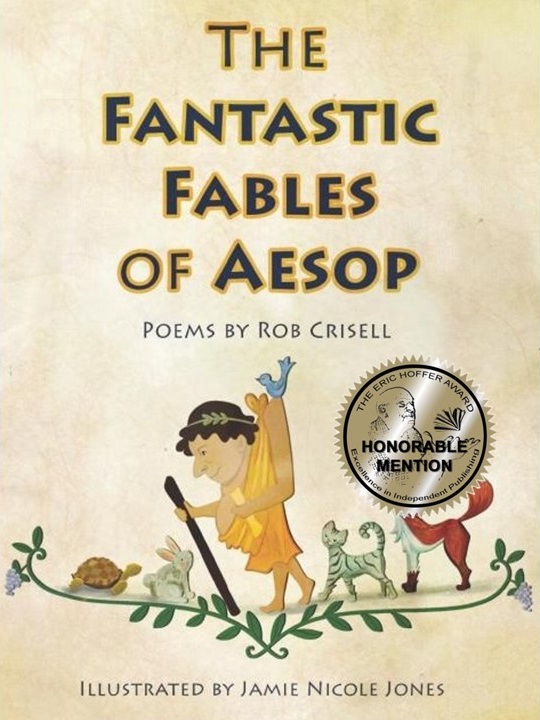


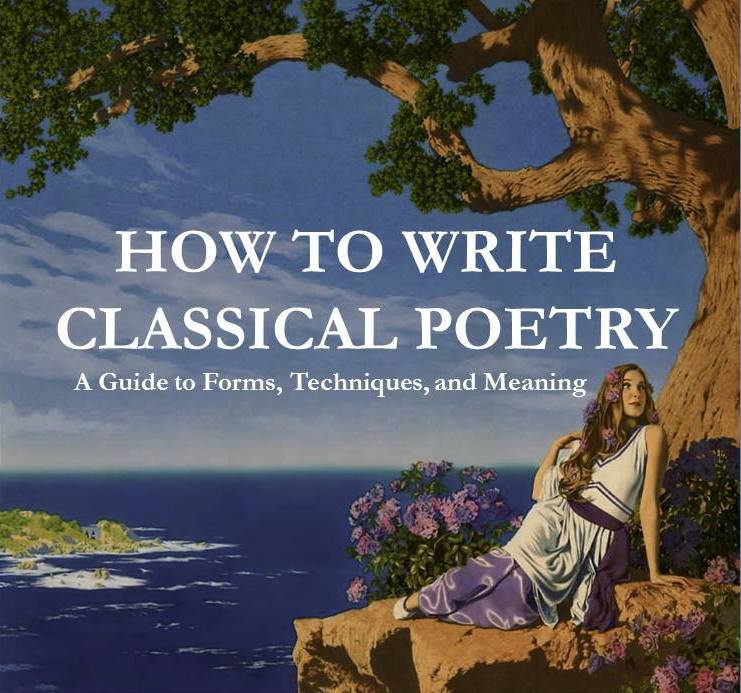




I am enamored with both of your poems, Adam. I can feel the insulation from the world in the arboretum of the Art Institute. I wonder how many know about it and how many make the time to visit it? There are some strikingly beautiful deep thoughts in your second poem as you “seem to plumb our own depths.” Each verse is a precious gem.
Thank you. Fortunately (?) every time I visited the garden (weekly last summer), it was always crowded. I think even among city dwellers there is an innate desire for the peace of nature.
“In Urbe Hortus” is a beautiful portrait of this garden, as well as a lovely meditation on the peace that the garden creates even in the midst of urban chaos and noise.
“Veiled Moon” is a clever and engaging personification of the moon, with beautiful imagery portraying both the moon and its veil. I love the dimeters.
Thank you, Cynthia.
Both poems are truly beautiful, Adam. Especially ‘Urbe Hortus”. I could use a visit there and am glad to be able to now do so in my imagination.
I’m very impressed by the dimeter of “Veiled Moon.” It takes a lot of skill and patience to craft something in such a demandingly tight space which nonetheless communicates both meaning and beauty.
If you haven’t visited the Art Institute of Chicago, I think it has the finest collection of any American museum – even better than the Met and Boston (of which I am particularly fond). And I mean that in the most objective sense possible. The South Garden was a surprising new discovery last year, as I mostly visited the museum in winter.
I appreciate your comment on the dimeter. It was indeed challenging to pull off a draft that satisfied me in the end.
I have a strong attachment to poems about walled gardens, which always seem to evoke Marvell’s famous words about “a green thought in a green shade.” The word “Paradise” itself comes from Old Persian, and means an enclosed park or garden — a place of total bliss and quietude, broken only by the soft trickle of a fountain. The enjambment of each of the first two quatrains is superb, and there is a sharp tightness in these two lines of the third quatrain:
Over the thorn-trees’ crisscrossed shadows
Checkering the pavement’s face.
What’s great about those lines is the unexpectedness of the imagery in what would ordinarily be a simple comment on shadows.
The third quatrain threw me a bit, because it departed from the tetrameter rhythm. But then I guessed that it had something to do with the two exclamation points, which gave the quatrain an emotionally high stressing.
Brian is right about the difficulty of handling dimeters well. The use of an ABBA rhyme scheme is the correct choice in the second piece, because an ABAB structure would have made the poem somewhat sing-songish. The poem is, rhetorically, a series of either/or contrasts: Glows, or dimmed and blurred? Veil, or shroud? Play, or evade? Glee, or mockery? The moon is made to be a silent observer whose attitude is hard to figure out. I am reminded of three lines from a very early T.S. Eliot poem:
Romeo, grand serieux, to importune
With Juliet in the usual debate
Of love, beneath a bored but courteous moon…
Correction — I meant the fourth quatrain when I spoke of a departure from tetrameter.
Thank you for your analysis and comments — and for sharing the insight about one of your favorite poetic subjects. I had no idea. I’m glad the lines about the shadows caught your attention. The effect was striking, and I had misgivings about not devoting more space to it, so I’m glad it made an impression. And yes ,the shift in meter was intentional, to parallel the shift from description to impression.
My attachment is to poems about the moon. I think this is my third or fourth on that subject run by the SCP, and I keep finding inspiration in the subject. This particular one resulted from a scene I saw while taking out the trash. The moon is mysterious on its own, but shining through a translucent broken cloud cover magnified its mystery exponentially. I had to capture the scene somehow.
I read Veiled Moon first. The staccato four-beat lines pile up the imagery quickly, as if the Moon is making the most of itself nightly sojourn and ever changing shape. I particularly liked the last stanza.
In the first poem, you seem to have found a wonderful sanctuary. I loved the lines ‘the thorn-trees’ crisscrossed shadows / Checkering the pavement’s face’ followed by the ‘midst’ stanza, which felt distinctly Shakespearean.
Thanks for the reads, Adam. Your voice shines through.
Thank you! See my response to Dr. Salemi’s comments for more about the thorn-tree shadows.
Very much like your garden design, Adam. Starting with typical, unattractive urban materials in the first line, you go on to create a space that excludes expected urban sights and sounds. The even less expected apostrophes to the garden, in the fourth stanza, emphasize its unique character, which is specified as that of a refuge in the following stanza. The final stanza moves still further from your spiritual contrast of “sanctuary” with “chaos,” not only referring to the interior emotional settling possible in the area, but even asserting the timelessness of the space. That touch of eternity befits your classical paradise so welcome to persons surrounded by any modern city.
The “Veiled Moon” in Japanese thought is said to be the kind with true interest for artists. A brilliant full moon in a clear sky has much less to say than one behind clouds few or many, and you prove this with the amusing personified lunar reticence your imagination questions, but can’t quite define.
You capture perfectly the sense I was trying to convey. The title “In Urbe Hortus” (garden in a city) is a play on Chicago’s motto, “Urbs in Horto” (city in a garden), commenting also on the failed aspirations for liveability and urban green space (look at Daniel Burnham’s beautiful 1909 master plan for the city and compare that to what it became). The garden is an isolated refuge within the concrete, glass, and steel of the city, not a setting for the city as it was intended to be.
The Japanese are definitely onto something in their perception of the veiled moon. The mysteriousness of its effect demanded I not “pin down” the subject to any characterization. It demanded elusiveness.
Adam – I too admired and enjoyed both of these poems. Thank you for them! Another trip to that garden awaits!
Thank you! I love to hear from someone who knows the scene firsthand.
Horticulture and lunacy are two of my favorite pastimes. I should make my own moon garden.
Gardening by lunatics? I’m all for it.